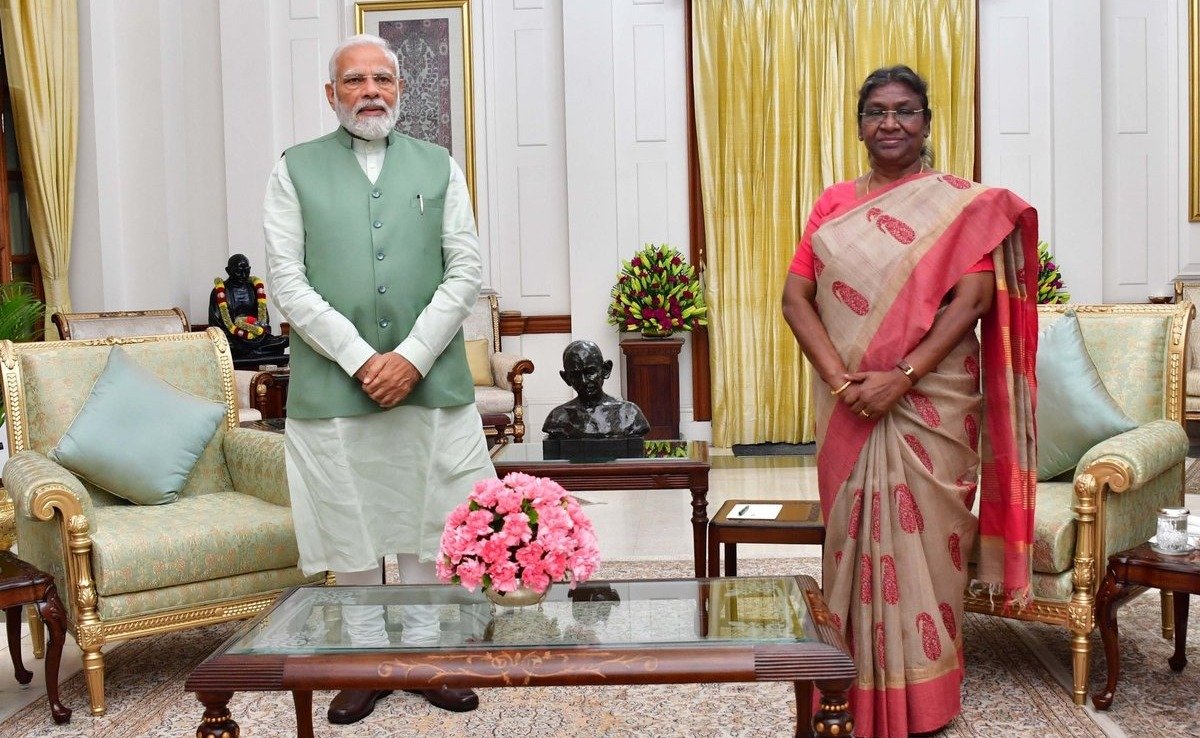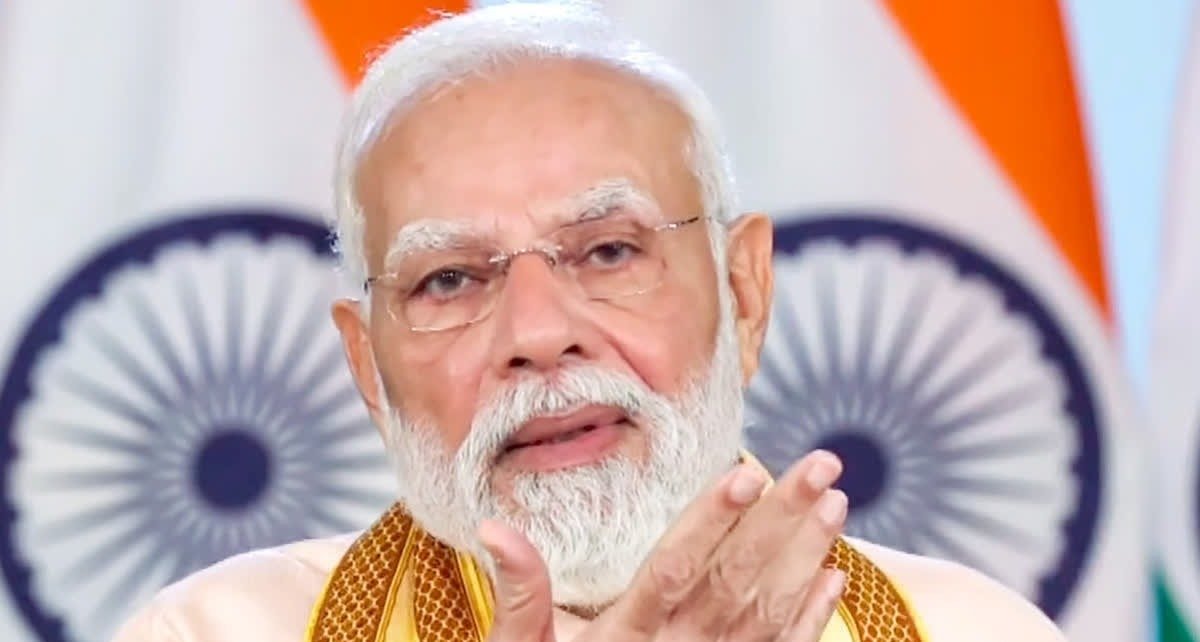UNESCO’s coveted Memory of the World Register, which aims to preserve documents of exceptional historical and cultural importance, has inscribed the Shrimad Bhagavad Gita and Bharat Muni’s Natyashastra, marking a great occasion for India. Prime Minister Narendra Modi celebrated the achievement by tweeting, “It’s a proud moment for all Indians worldwide! Our timeless wisdom and rich culture are acknowledged globally with the Gita and Natyashastra’s placement in UNESCO’s Memory of the World Register. The Memory of the World Register maintained by UNESCO honors significant historical records, writings, and manuscripts that have influenced cultures for generations.
For ages, the philosophical basis has been the Bhagavad Gita, which is a spiritual dialogue between Lord Krishna and Arjuna. Bharat Muni, an ancient sage, wrote Natyashastra, which is the most significant text on performing arts like dance, music, and theater. With 700 verses spread across 18 chapters, the Bhagavad Gita is a part of the Mahabharata’s Bhīṣmaparva. On the Kurukshetra battlefield, Krishna and Arjuna engage in a profound philosophical conversation. Combining ideas from the Vedic, Buddhist, Jain, and Cārvāka schools of thought, the Gita has been studied, appreciated, and translated widely around the world for its philosophical depth.
The Bhandarkar Oriental Research Institute is home to Natyashastra, which is considered the essence of Nāṭyaveda and was codified somewhere in the second century BCE. In this great text, Natyashastra, complex rules for drama (nāṭya), performance (abhinaya), music (saṅgīta), beauty (rasa), and emotions (bhāva) are established. “No meaning can blossom forth without rasa” is one of its timeless truths, and it continues to influence literature and the performing arts today.





